FUJIFILM’s latest development update for the GFX ETERNA, thanks to CineD, sheds light on a crucial aspect of the camera’s performance—its readout speed. One of the most striking revelations is that the GFX ETERNA will feature a minimum readout speed of 15ms at 4K 16:9 resolution. This is considered quite slow and is expected to result in significant rolling shutter artifacts, especially when utilizing the full potential of its 102MP 43.8 x 32.9mm sensor. In this article, we will analyze how this compares to other cinema cameras and what it means for filmmakers considering the GFX ETERNA.
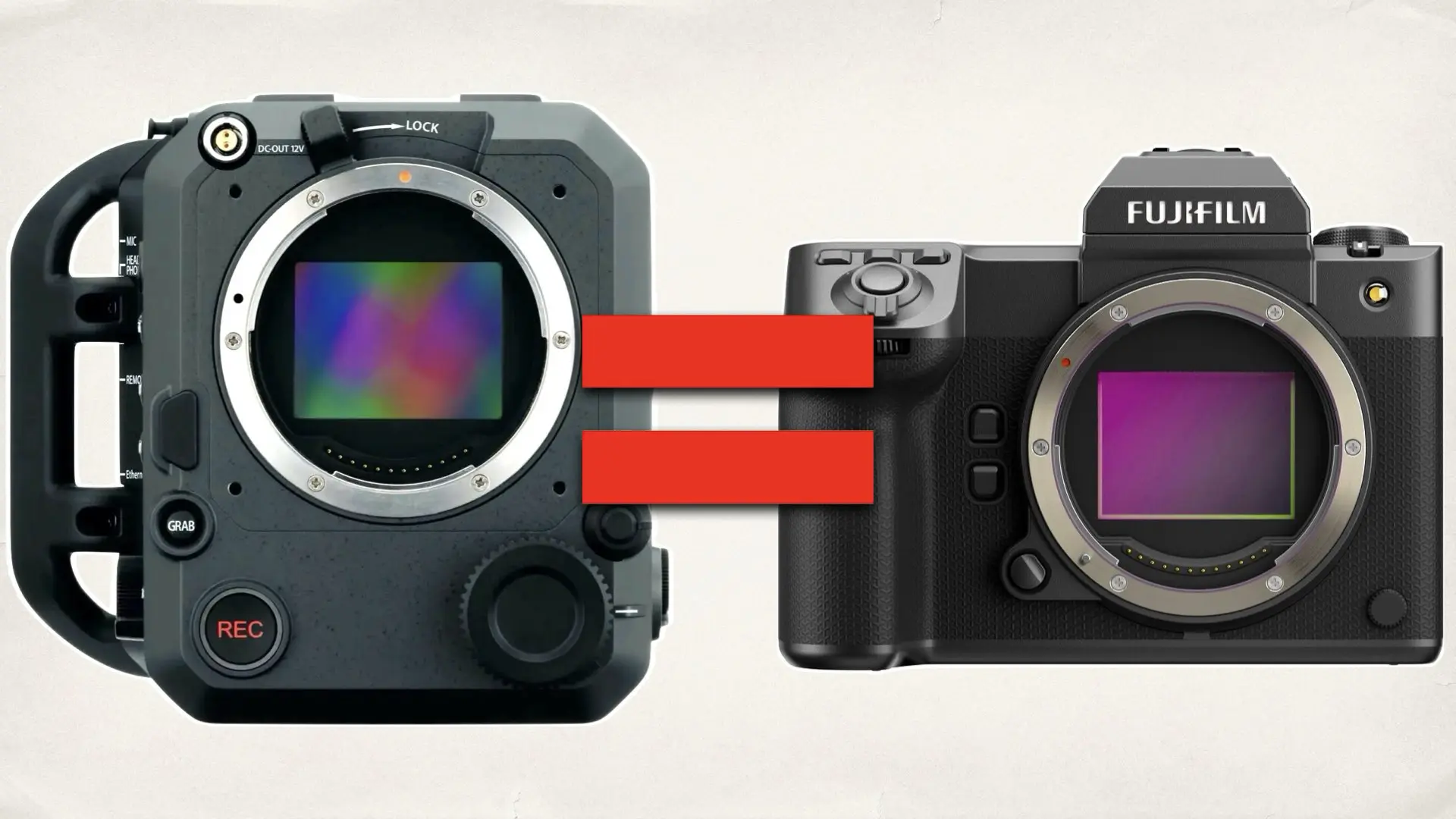
Understanding Readout Speed and Rolling Shutter
Readout speed refers to the time it takes for a sensor to scan an image from top to bottom. A slower readout speed results in noticeable rolling shutter artifacts, where fast-moving objects appear skewed, and rapid camera movements create a “jello” effect. With a readout speed of 15ms at 4K 16:9, the FUJIFILM GFX ETERNA is positioned among cameras that suffer from significant rolling shutter issues. The problem intensifies when utilizing the entire medium format sensor, which is far larger than standard cinema camera sensors.
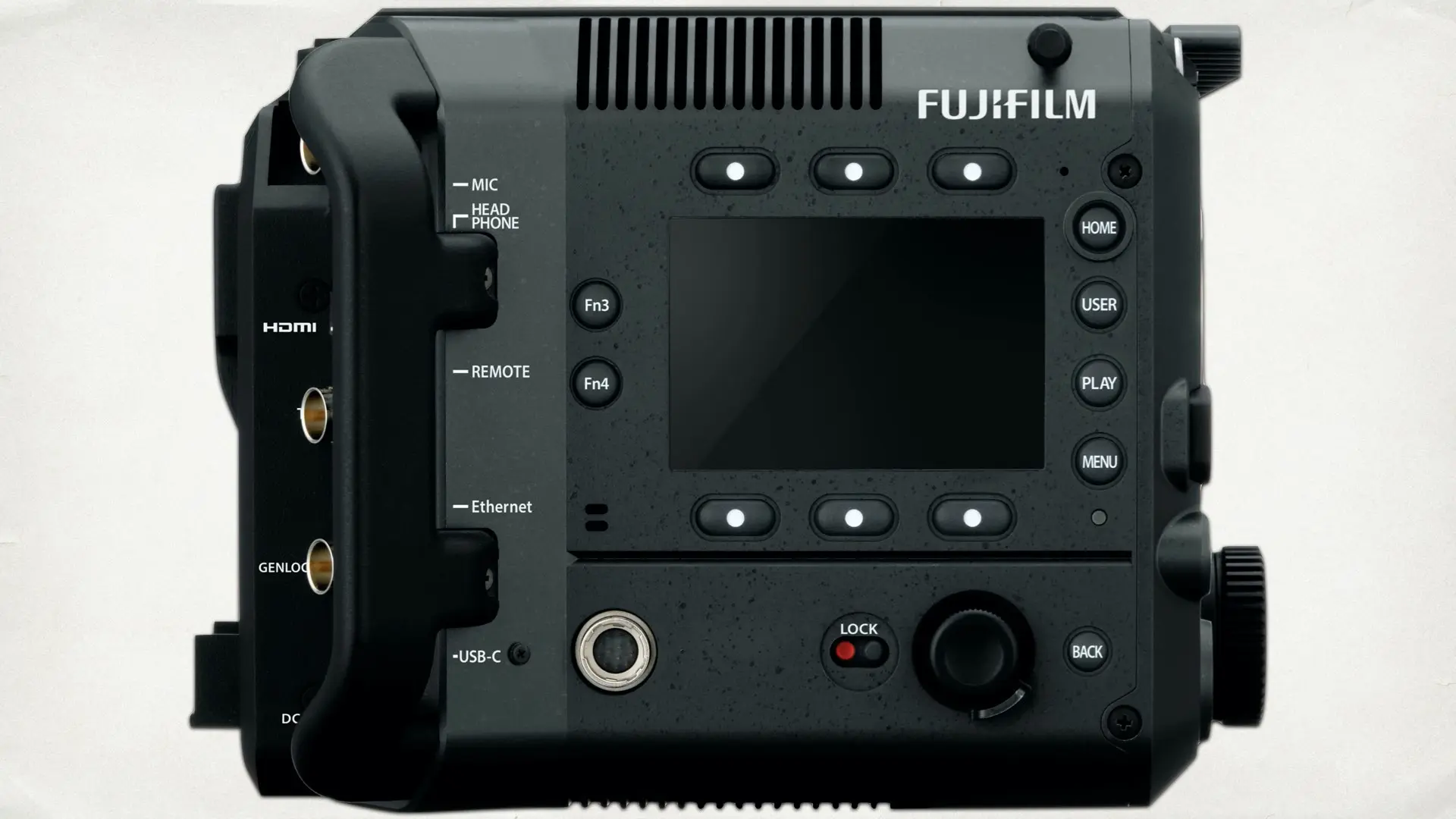
How the FUJIFILM GFX ETERNA Compares to Other Cinema Cameras
To better understand the impact of the GFX ETERNA’s readout speed, let’s compare it to some notable cinema cameras:
| Camera Model | Readout Speed (4K 16:9) |
|---|---|
| FUJIFILM GFX ETERNA | 15ms |
| Sony BURANO | 8ms (4K), 17.65ms (8K) [source] |
| Sony FX6 | 8.8ms |
| Blackmagic URSA Cine 12K LF | 5.81ms [source] |
| Blackmagic URSA Mini Pro 4.6K G2 | 6.32ms |
| Blackmagic PYXIS 6K | 15.13ms [source] |
From the comparison above, the GFX ETERNA’s rolling shutter performance closely matches that of the Blackmagic PYXIS 6K. In contrast, higher-end cinema cameras, such as the Sony BURANO and Blackmagic URSA Cine 12K LF, offer significantly better readout speeds.
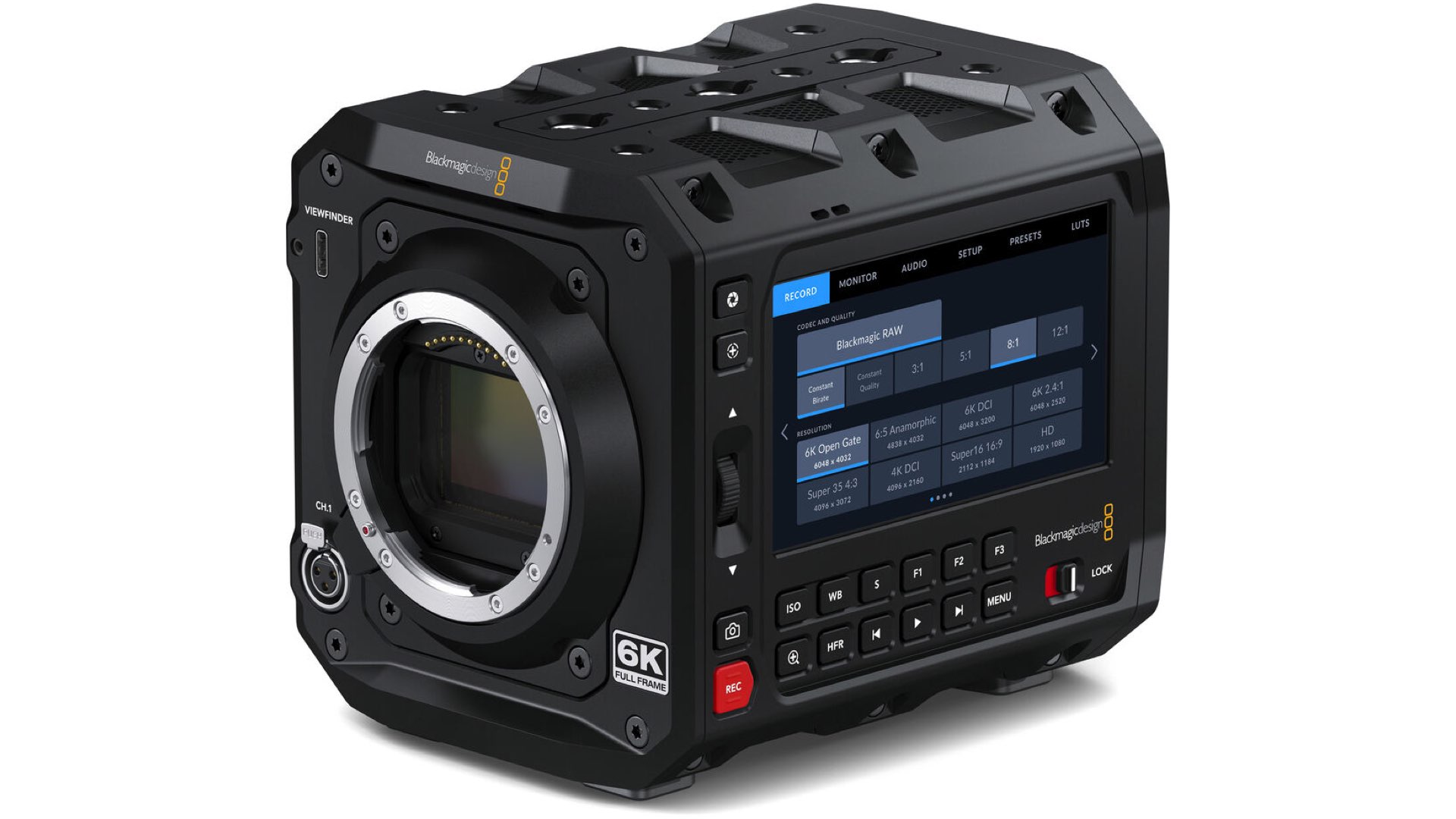
Rolling Shutter Worsens When Using the Entire Medium Format Sensor
A key concern with the GFX ETERNA is that rolling shutter artifacts become even more pronounced when utilizing the full 102MP medium format sensor. The sheer size of the sensor requires a longer readout time, which amplifies distortion in fast-moving scenes. This means that while 4K 16:9 readout speed is already as slow as the PYXIS 6K, using larger capture areas such as open gate or full-resolution modes will likely result in even worse rolling shutter effects.
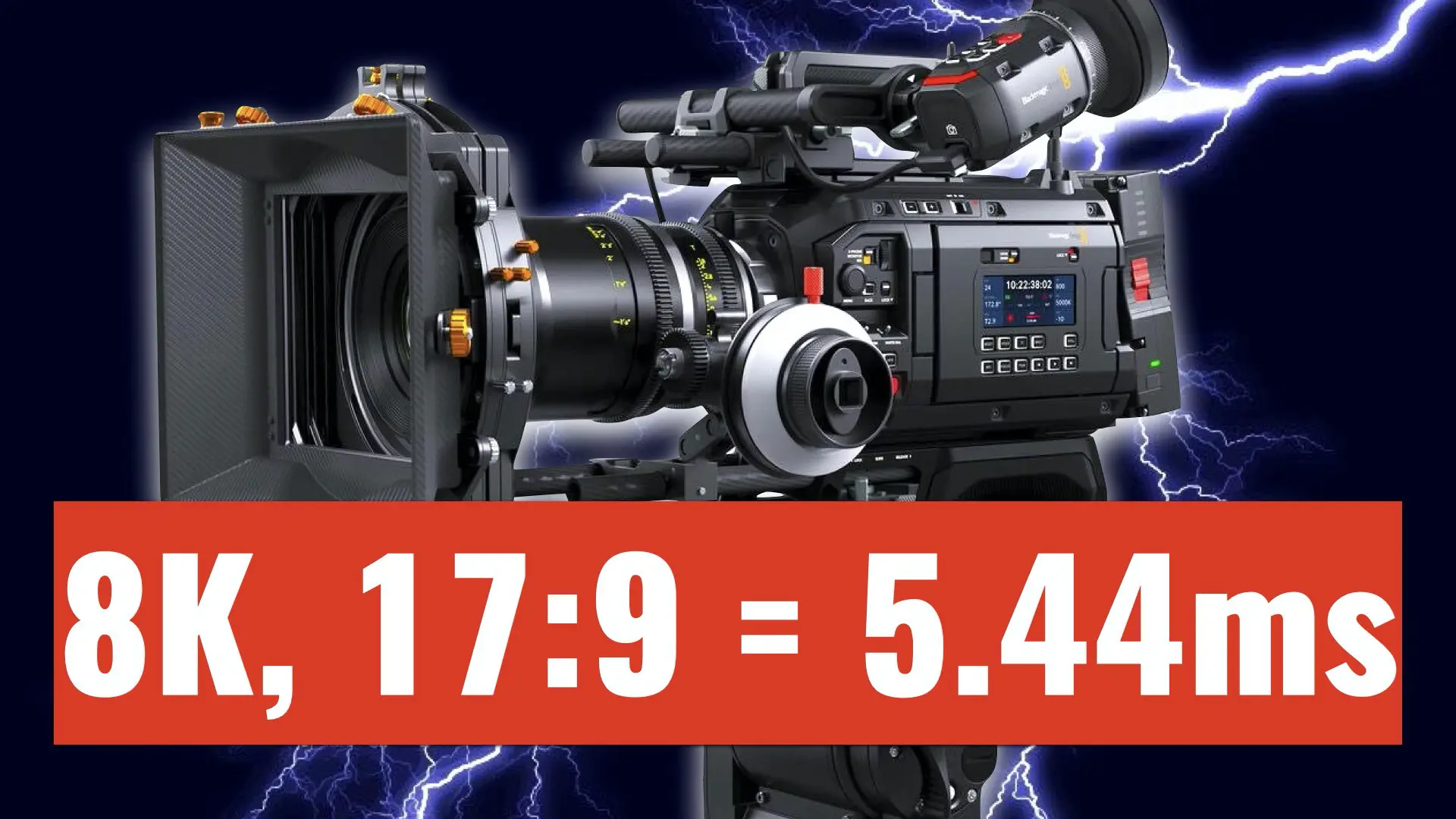
What This Means for Future GFX ETERNA Shooters
- Heavy Rolling Shutter Artifacts: If you’re planning to use the GFX ETERNA for handheld or fast-moving shots, expect noticeable distortion. Static shots or slow movements will minimize the effect.
- Comparable to the PYXIS 6K: If you’ve worked with the Blackmagic PYXIS 6K, you’ll experience similar rolling shutter artifacts on the GFX ETERNA in 4K 16:9 mode.
- Challenging for Action and Fast-Paced Cinematography: If your project involves high-speed subjects or rapid camera movement, the GFX ETERNA may not be the best choice. The Sony FX6, BURANO (at 4K), or URSA Cine 12K LF offer significantly faster readout speeds, reducing rolling shutter distortion.
- A Medium Format Cinema Experiment: FUJIFILM is venturing into medium format cinema with the GFX ETERNA, but its slow readout speed poses challenges. Filmmakers will need to be mindful of how they use the camera to work around rolling shutter limitations.
For more details on the development and technical aspects of the GFX ETERNA, check out these resources:
- FUJIFILM GFX ETERNA: An In-Housed GFX100 II
- FUJIFILM GFX ETERNA Announced: A Bold Entry into Medium Format Cinema
- Cinema Cameras with Global Shutter
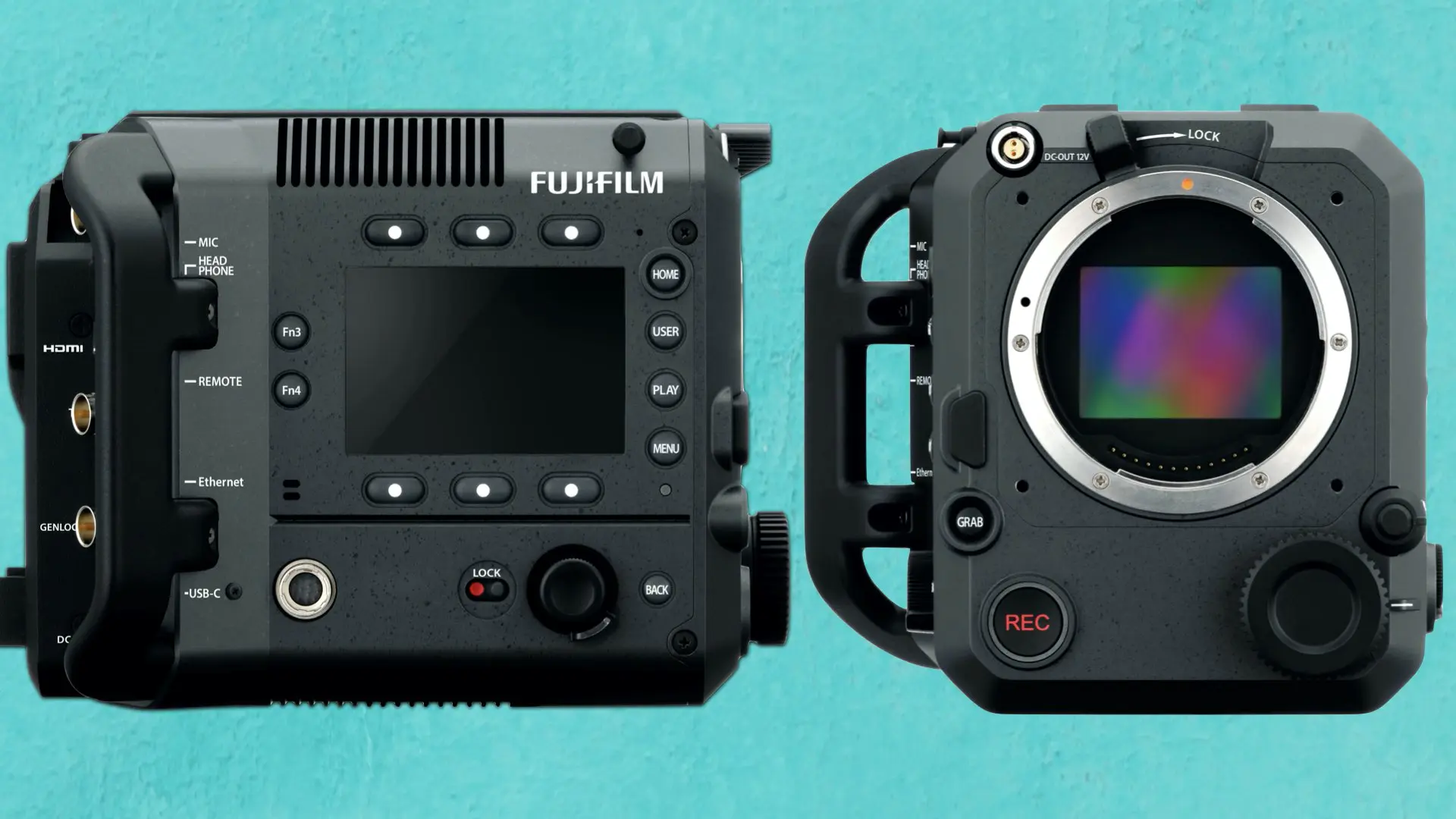
Here’s the full CineD great interview below:
Conclusion
While the FUJIFILM GFX ETERNA is an exciting medium format cinema camera, its 15ms readout speed at 4K 16:9 is a cause for concern. Filmmakers need to be prepared for noticeable rolling shutter artifacts, especially when using its full 102MP sensor. If you’re shooting fast-moving action or handheld footage, you might want to consider alternative cameras with faster readout speeds, such as the Sony FX6 or Blackmagic URSA Cine 12K LF. However, for controlled cinematography, interviews, and slow-moving scenes, the GFX ETERNA can still be a powerful creative tool. Will FUJIFILM optimize the readout speed before the final release? Only time will tell, but for now, filmmakers should keep rolling shutter considerations in mind when deciding whether the GFX ETERNA fits their workflow.
Where to Buy the Gear Featured in This Article
- 📌 FUJIFILM GFX ETERNA
- 📌 Sony BURANO
- 🔗 BUY on B&H | 🔗 BUY on Adorama | 🔗 BUY on Amazon
- 📌 Sony FX6
- 🔗 BUY on B&H | 🔗 BUY on Adorama | 🔗 BUY on Amazon
- 📌 Blackmagic URSA Cine 12K LF
- 🔗 BUY on B&H | 🔗 BUY on Adorama
- 📌 Blackmagic URSA Mini Pro 4.6K G2
- 🔗 BUY on B&H | 🔗 BUY on Adorama | 🔗 BUY on Amazon
- 📌 Blackmagic PYXIS 6K
- 🔗 BUY on B&H | 🔗 BUY on Adorama | 🔗 BUY on Amazon

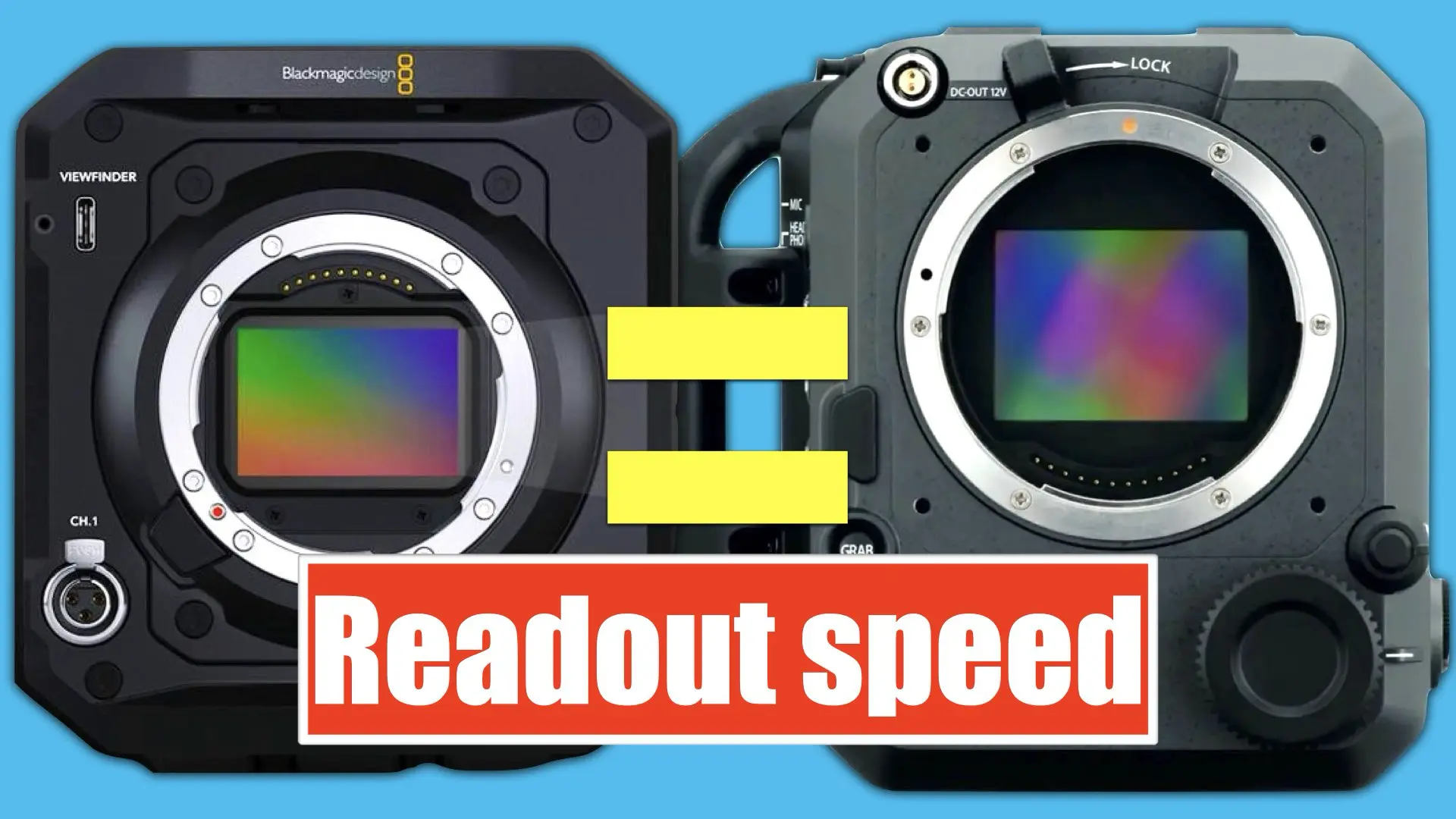

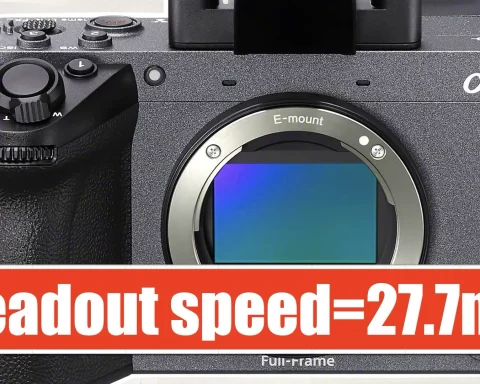
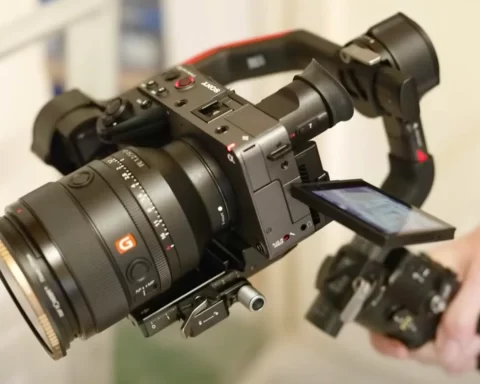


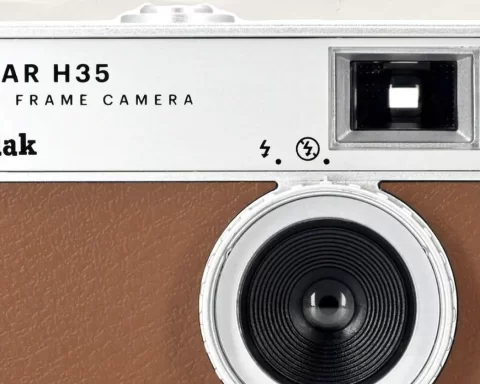
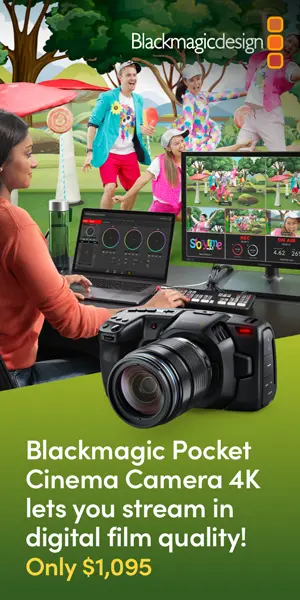
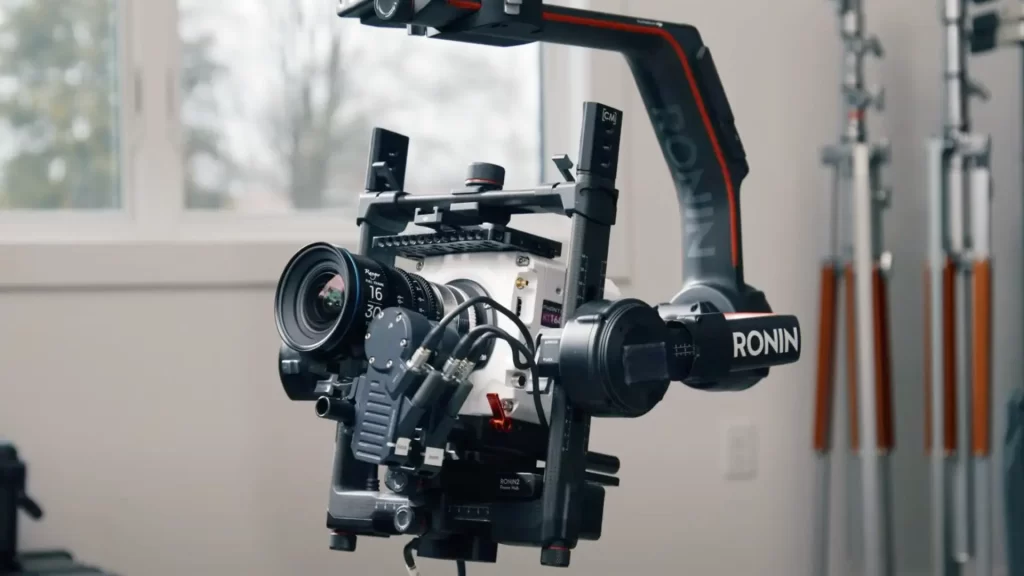
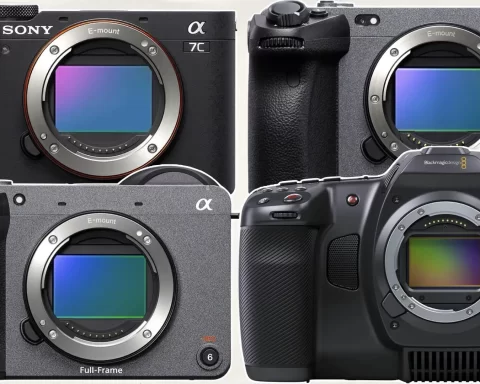
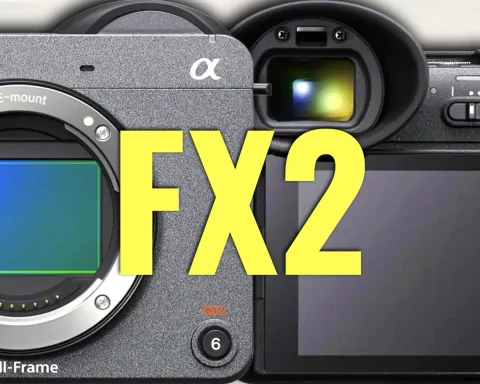
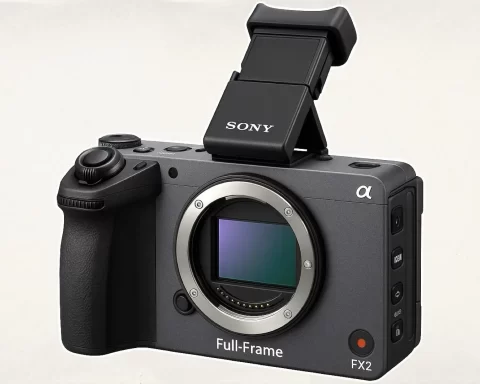
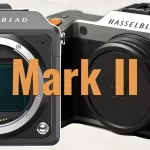
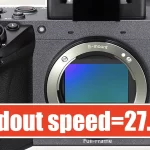
Note: According to the Interview, the ETERNA will do 4:3 OPEN GATE higher than 4K. Here my IMAX Ears are ringing;)
But don’t forget, in the meanwhile we have huge Gap in Projection-Technolgy, there is nothing over 4K, 4K is over more 10y a well suited home standard. Overblown marketed IMAX Laser 4K is resulting in Screendoor Effect (or unsharpend with pixel overlay..) and bearcup big Pixels (at Leonberg).
The Output of all these antisipated new High Res Video Cameras can’t be displayed these days. It’s like having a hightec new sporstcar without fitting tires, which is nonsense at the moment.
Only Solution: Outputting a ETERNA Content on IMAX 70mm Kodak Print Film, which could be very interesting. Lets hope that High Budget Producers will use this (entry level cine-) Camera..
That’s an interesting take! While it’s true that display technology hasn’t fully caught up with the highest resolutions these cameras offer, the advantages go beyond just immediate display. High-resolution footage provides greater flexibility in post-production (cropping, stabilization, VFX, downscaling for improved detail, etc.). As for IMAX 70mm film, it’s an amazing format but not the most practical workflow for modern productions. That said, it would be fascinating to see someone experiment with it 😉
THX
Yossy
This is not the only use case. I’ve been using 12K 17×9 (80 Mega Pixels) for about a year from the URSA Mini Pro 12K, I can see a clear difference even when downscaling the 12K to 4K and viewing it on a 1080p screen.
I did a side by side comparison between my Ronin 4D-6K (recorded in 4K, downsampled from 6K in-camera) and URSA Mini Pro 12K (recorded to 12K, then downsampled to 4K in post) and viewed them on a 1080p screen, the downsampled from 12K looked waaaaay more detailed as if you were in the scene.